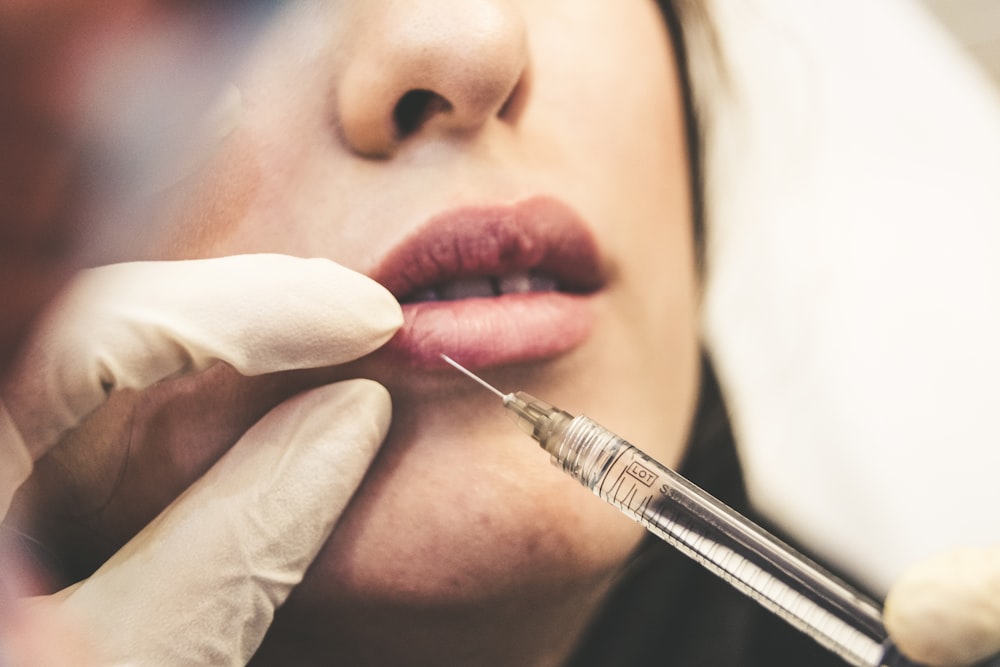Are you considering enhancing your features, such as adding volume or contour to your face? You may be considering cosmetic procedures like dermal fillers. And with various options available in the market today, it’s important to ensure you understand all the benefits and risks associated with these treatments. Before you decide on your path towards aesthetic enhancement, here are a few things you need to know about dermal fillers.
1. Choose the Right Professional for Your Procedure
First and foremost, it’s important to ensure you choose a qualified professional for your dermal filler procedure. The dermatologists at a med spa in Saratoga Springs, NY, can help you make the right decision for your needs. A qualified professional can help ensure the dermal filler is right for you and will provide the desired results.
Look for a board-certified professional with expertise in your specific area of treatment. Additionally, ensure you feel comfortable with the professional and their communication style. Discuss with them beforehand to understand their approach and ask any questions you may have. By taking these steps, you can have peace of mind knowing that you have chosen the right professional for your procedure.
2. Know the Different Types of Dermal Fillers
Various dermal fillers are available in the market today, each designed to achieve different cosmetic results. Some may be better suited for enhancing lips, while others may be used to diminish facial wrinkles or add volume to the cheeks. Depending on your desired outcome, you can choose the dermal filler that best meets your goals.
For example, Juvederm Voluma is a hyaluronic acid filler that can help restore volume to the mid-face area. On the other hand, Restylane Refyne and Defyne are dermal fillers designed for treating wrinkles and folds around the mouth. Your dermatologist or aesthetician can review your goals and decide which type of filler makes sense for your situation.
3. Understand the Duration of Results and Maintenance Schedule
Depending on the type of filler used, results may last anywhere from six months to two years. Some non-permanent fillers can provide more immediate results and must be touched up or replaced after a few months. Your dermatologist can discuss the product you are using and provide you with an estimated timeline for the duration of your treatments.
It’s also important to understand that dermal fillers require maintenance to maintain their results. Your dermatologist or aesthetician can provide a schedule for when to get touch-ups and further discuss how often they may be necessary.
4. Know the Possible Side Effects
Dermal fillers generally provide safe and effective results. However, like any other cosmetic procedure, some risks may be involved. It’s important to discuss potential side effects with your dermatologist before making an informed decision about your treatment. Common side effects of dermal fillers include bruising, swelling, redness, and tenderness around the injection site. These side effects typically resolve within a few days, but you should discuss any possible reactions with your dermatologist beforehand.
It’s important to understand dermal fillers’ potential benefits and risks. With the right professional and product, you can achieve your desired aesthetic results safely and effectively. Make sure you discuss your questions and concerns with your dermatologist ahead of time so that you clearly understand the process before making any decisions.
Published by HOLR Magazine.




